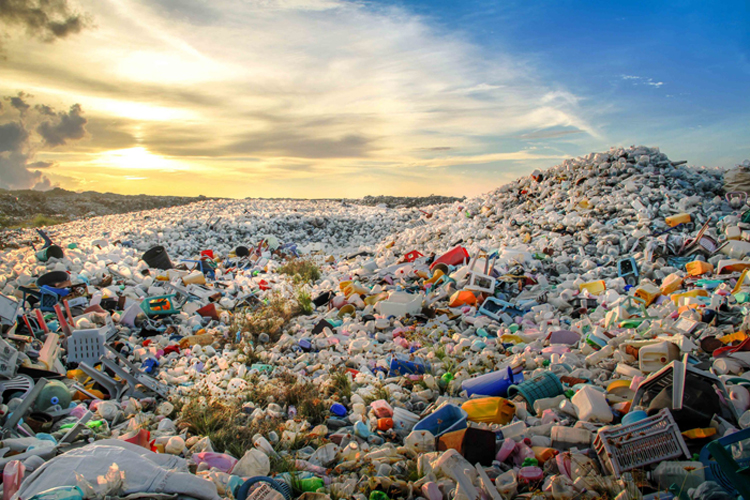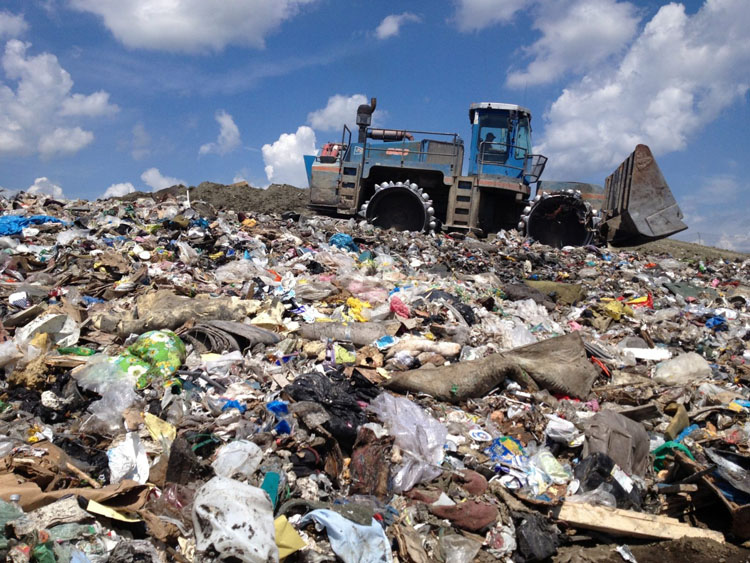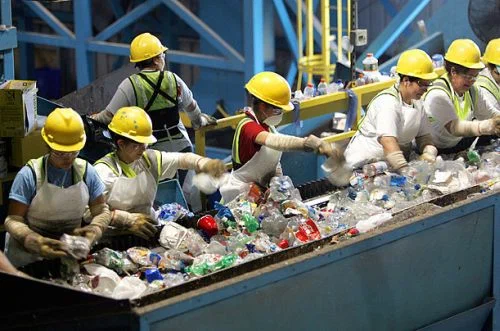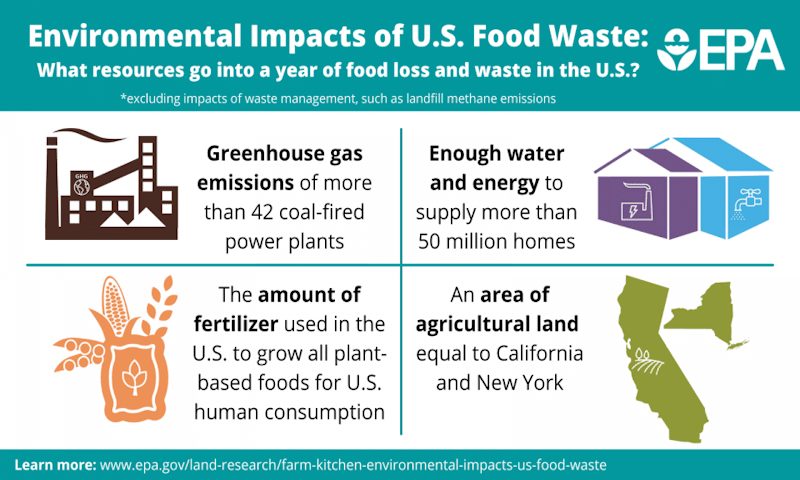New York City, one of the most populous and dynamic urban centers in the world, faces a significant challenge in managing its waste. With a population exceeding 8 million people, the city generates massive amounts of waste daily.
Landfill management is a critical aspect of New York’s environmental agenda as the city strives to balance its rapid growth with sustainable practices.
Landfill Challenges in New York City
New York City has a long history of landfill use, with several large sites historically used for waste disposal. However, as these sites reached capacity and concerns over environmental impact grew, the city sought alternative methods of waste management. The closure of the Fresh Kills Landfill in 2001 marked a significant shift in the city’s approach to waste disposal. Since then, New York has implemented various measures to reduce its reliance on landfills and embrace more sustainable waste management practices.
Waste Reduction and Recycling Initiatives
To address the challenges of landfill management, New York City has implemented ambitious waste reduction and recycling initiatives. The city has set a goal to send zero waste to landfills by 2030, aiming to achieve this by increasing recycling rates and promoting composting.
The Department of Sanitation (DSNY) has been at the forefront of these efforts, launching educational campaigns to raise awareness about proper recycling practices and providing resources to residents and businesses.
Innovative Waste-to-Energy Solutions
Recognizing the limitations of traditional landfill management, New York City has also explored innovative waste-to-energy solutions. The city has invested in the development of advanced waste-to-energy facilities that can convert non-recyclable waste into energy, reducing the reliance on landfills and contributing to the city’s renewable energy goals.
One such project is the construction of waste-to-energy facilities that utilize advanced incineration technologies, generating electricity from the combustion of waste materials. These facilities not only reduce the volume of waste destined for landfills but also contribute to the city’s renewable energy portfolio. By integrating modern emission control technologies, these facilities aim to minimize environmental impacts and ensure compliance with strict air quality standards.

Community Engagement and Public Awareness
Effective landfill management requires the active participation of the community. New York City has undertaken various initiatives to engage residents and businesses in waste reduction and recycling efforts. Public awareness campaigns, community workshops, and educational programs have been instrumental in promoting responsible waste disposal practices.
The city has also introduced incentives for businesses to adopt sustainable waste management practices, such as grants and recognition programs for those implementing innovative recycling and waste reduction strategies. By fostering a sense of responsibility and environmental stewardship among its residents and businesses, New York City aims to create a culture of sustainability that extends beyond government-led initiatives.
New York City’s journey towards sustainable landfill management is a multifaceted effort that involves policy changes, technological advancements, and community engagement. The city’s commitment to achieving zero waste to landfills by 2030 reflects a progressive approach to addressing the environmental challenges posed by rapid urbanization.
Through a combination of waste reduction initiatives, recycling programs, innovative waste-to-energy solutions, and community engagement efforts, New York City is actively shaping a more sustainable future. As the city continues to evolve, its landfill management strategies serve as a model for other urban centers grappling with the complex task of balancing growth with environmental responsibility.




